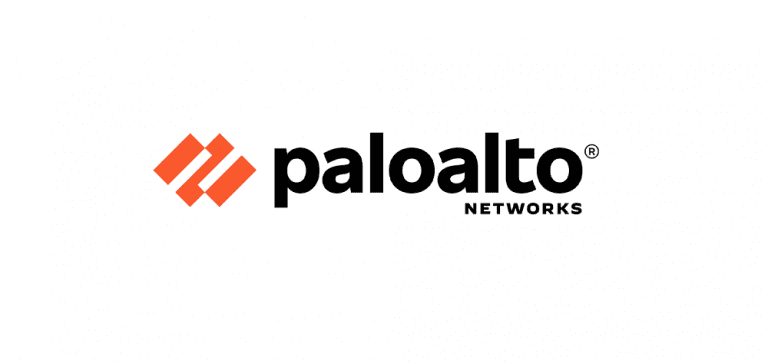Industrial operations are increasingly under threat. OT attacks are common, widespread, and extremely frequent. These attacks are primarily IT-borne, and ransomware, in particular, has had a devastating effect on industrial environments in the last few years. The business impacts have been immediate and major, forcing operational shut down, lost revenue, and significant remediation costs. This state of affairs has pushed cybersecurity to the top of the agenda for industrial operators.
Spending on OT cybersecurity is expected to grow over the next two years, but implementation of the right solutions is no easy feat. There are a number of obstacles that industrial operators need to overcome, not least being the siloed operations of OT and IT teams and their resulting misalignment on cybersecurity decision-making and cooperation. However, convergence of the two is progressing, albeit slowly, and most industrial operators expect decision-making on cybersecurity to be cohesively centralized for both IT and OT.
Beyond that, industrial operators will need to address increasing compliance requirements from upcoming regulations and standards in the field, as well as the risks posed by their adoption of new technologies and processes, including AI, remote access, cloud, 5G, and robotics. All of these pose their own unique set of challenges. Nonetheless, they also offer new ways to implement cybersecurity technologies for OT environments.
Ultimately, industrial operators are conscious of the need to adapt cybersecurity to the new demands of the day, and this is pushing them in the direction of Zero Trust implementation. The key to successful deployment will be to choose the right provider, and not least, one with expertise in both OT and IT environments, able to serve up the best security for both worlds.


